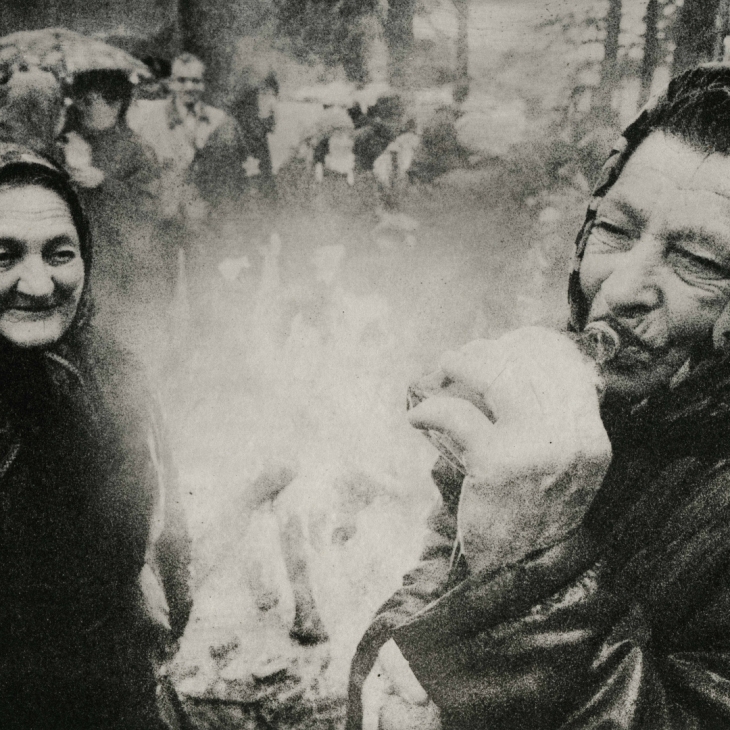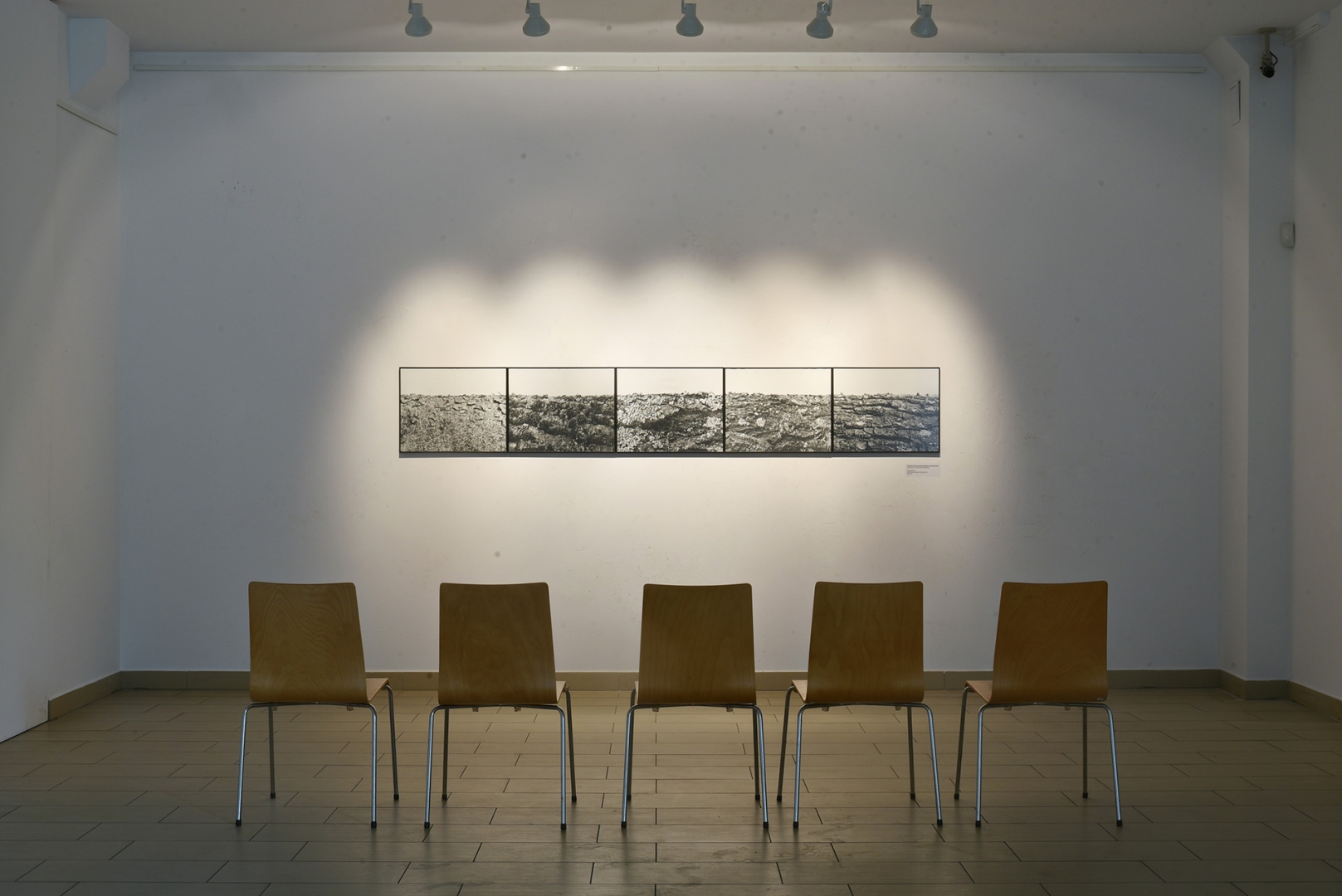Farmstead Tree as a Symbolic Sign of Human Landscape, 2017
Silver gelatin print
This work deals with the long-lasting correlation between a human and his surroundings. Associative affection to a living place has firmly been settled in individual’s consciousness since the times of paganism. Affection reflected in natural – cultural surroundings as symbolic images, folk art, manners and folklore.
The purpose of the work is to investigate the influence of emotions that are created by homestead trees on human life in past, present and future. Artist has concentred on the fact that certain compositional elements influence on the process of human’s apprehensive conception in photography as well as the usage of analogous technical possibilities in conveying maximal emotional load. Laužadis experienced that observer’s true-life experience and empathy have a vast impact on the comprehension of objects. The territory where his ancestors troubled their lives provides him with strong connection of surroundings and sense of being rooted in his habitat. He was interested in old maps and compared former and present situations according to the position of homesteads.
Landscape is constantly and rapidly changing due to the stream of time, invasion of new civilization, inhabitants’ intelligence and gradual decline of identity. Trees in a homestead have become the largest stimulus in choosing this topic. Everything stimulated a wish to pay attention to irreversible processes of homestead spirit. Everybody has a certain sensitive experience about his relationship with former or present surroundings.
Laužadis has analysed photography artists’ creative projects with similar conception. Lithuanian landscape manifestation can be clearly seen in the photographs made by B.Buračas and K.Daugėla in the beginning of the 20th century. He has been in search of the answer in archeological investigations about a settled land fulfilled by a historian V.Vaitkevičius. Architectural buildings of homesteads and peculiarities of greening, which is integral part of ethnoculture, reflect the distinction of ethnocultural landscape. Deep layers of pagan and Christian culture determined the surroundings of homesteads. Lithuanian ethnocultural inheritance is obviously declining together with homestead trees. The topicality of the work is determined by the allusion of Lithuanian national and ethnocultural landscape human distinction.









